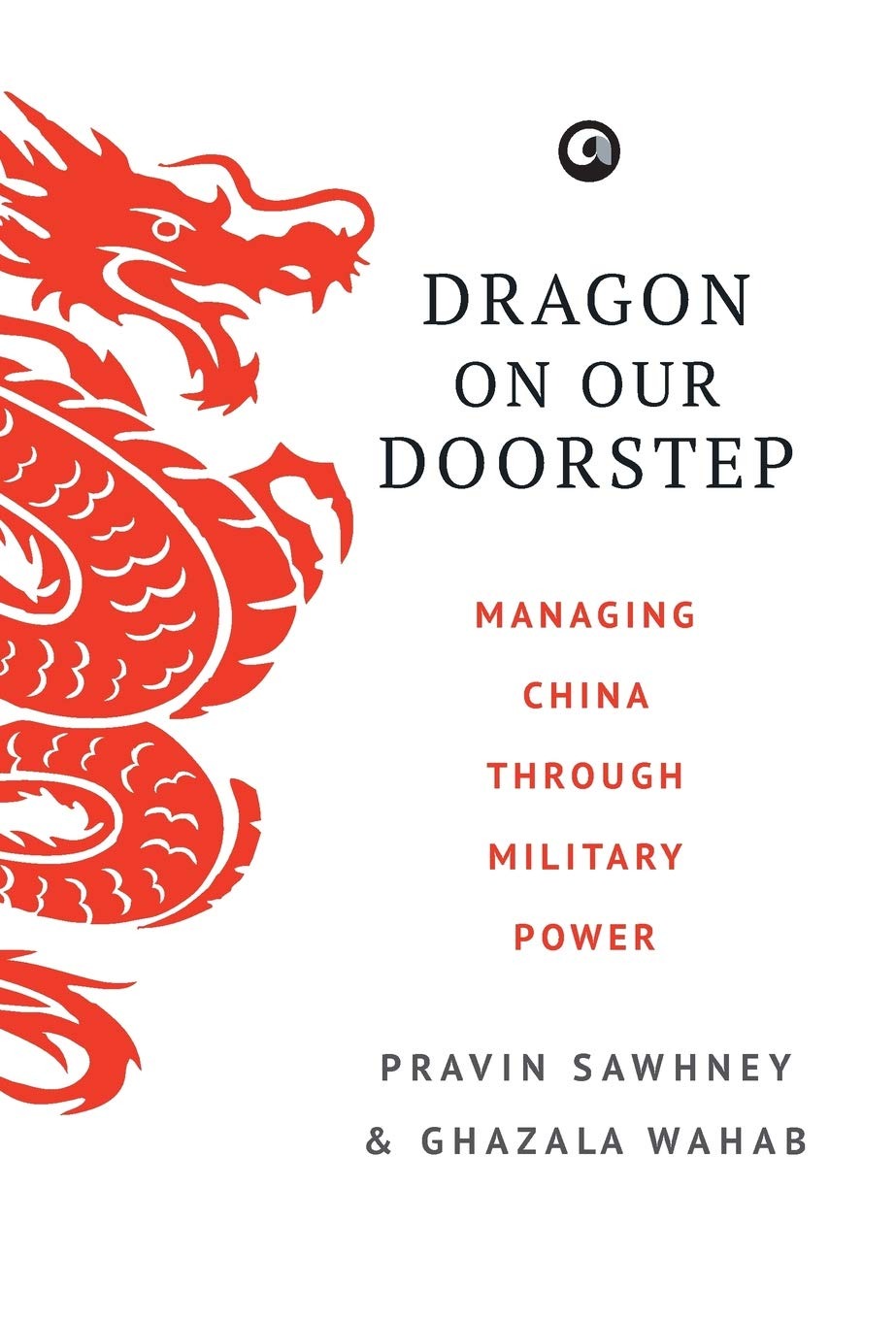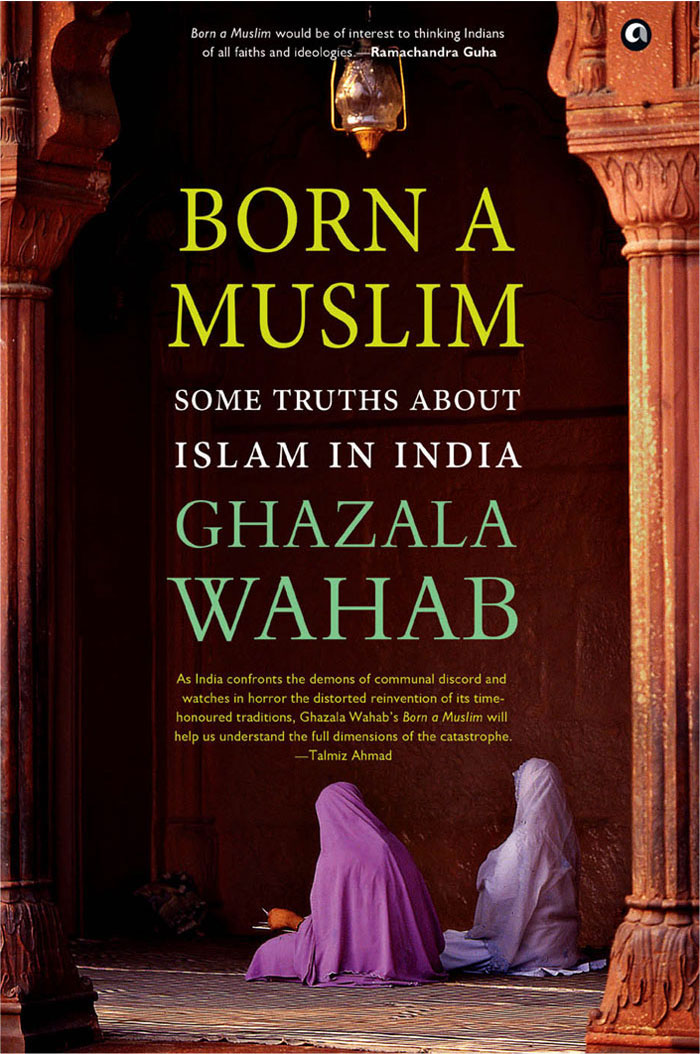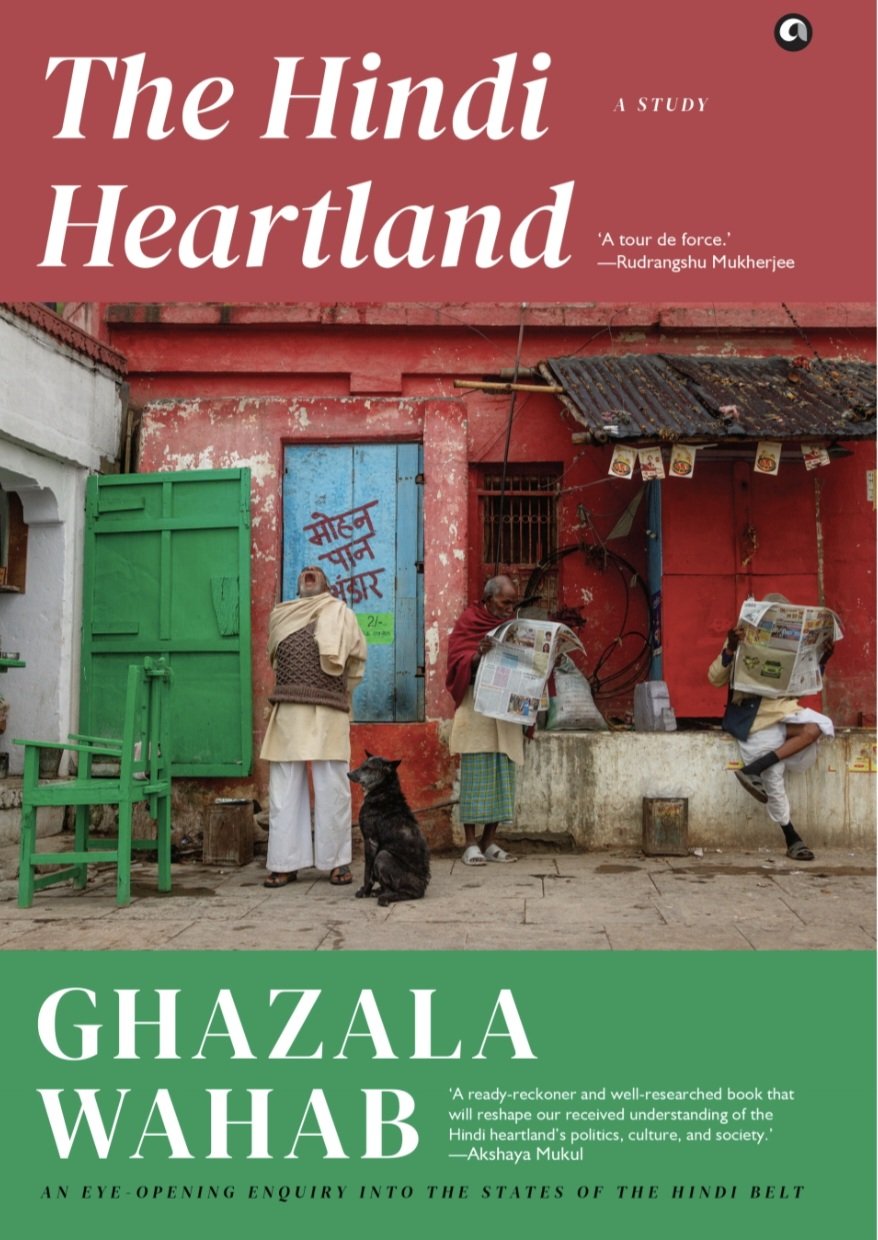Corporatised Conflict Management
In the deadline of the Maoist elimination lies the seeds of future resistance
 Sudeep
Chakravarti
Sudeep
Chakravarti
And
so, to 31 March 2026. The often-repeated official deadline to rid India of the Maoist
rebellion that in one form or another, as factions or as conglomerates, has
existed continuously since 1967.
This
claim is predicated on a string of spectacular gains this year, particularly
the death in May of Nambala Keshava Rao, known by his nom de guerre, Basavaraju, in the Abujhmad forests of Chhattisgarh
during an attack by security forces. Rao took over as general secretary of the
Communist Party of India (Maoist), or CPI (Maoist), India’s largest leftwing
rebel conglomerate, in 2018.
The
Maoist enterprise has bled leaders and cadres by the hundreds this year. Arrests
and surrenders across the primary Maoist operational areas of Chhattisgarh,
Telangana, Maharashtra, Odisha, and Jharkhand are collectively at over two
thousand, among the highest in any year since the peak of the Maoist movement
in 2004-2009. At that time nearly a third of India’s 600-odd districts were
described as affected by leftwing extremism, or LWE in officialese.
Home
ministry figures in December 2024 clocked 38 districts across nine states as ‘LWE
affected.’ In October 2025, the ministry claimed it was down to 18 districts. Meanwhile,
an overture for a truce and negotiations in September was rebuffed by India’s
home minister, who set that deadline akin to a business plan for the end of
this financial year.
As
momentum gathers to write obituaries of the Maoists it is incumbent on our
triumphalist impulses to gauge the rationale and trajectory of the movement.
This is instructive. After all, among India’s many wars with itself over
variously denying citizens governance, constitutional rights, dignity of
identity and aspiration, a sense of equity in the nation, and effective
delivery of the criminal justice system, the conflict with Maoist rebels—or
Naxalites as the government and media have frequently mislabelled them—remained
among the most vexing.
After
the state reclaims areas from the Maoists, unless it delivers inclusive,
reliable governance, rebellion—or at least resistance—will persist. Repeated
protests by farmers in Punjab and Haryana, protests in Kashmir, and most
recently protests in Ladakh, are typical. Anger stems from broken promises and
savage vilification by government officials and state-led media, among other
things.
And
that is really the point. While one can bulldoze a way to absence of conflict,
peace is earned through trust and credibility of governance. Until that
happens, the vacuum will be filled—by Maoists, or someone else.
For
all their brutality, extortionist economy, kangaroo courts, and accusations of
being out of touch with the aspirations of a modernising country, the
uncomplicated truth is that the Maoists—like several violent or non-violent
movements across India—have for decades mirrored India’s own failures. Maoists
did not ask to break away from India, but to change the way India functions.
My
learned colleague in conflict mapping and conflict resolution, Ajay Sahni, has for
long had an apt term for it: ‘Privileging violence.’ My go-to phrase is ‘mall-stupor.’
We suggested—suggest—the same thing. In an increasingly tone-deaf country, unless
people ratchet up their protest to demand what they should in any case be
receiving through positive governance, they receive little or nothing.
Maoists
twigged on to this decades ago. It began with escalating leftwing protests and
violence in the 1940s and 1950s to great violence in the 1960s. With its roots
in the Tebhaga movement, this upwelling for fair income for farmers in the
Naxalbari region on northern Bengal—the root of ‘Naxalism’, ‘Naxal’ and
‘Naxali’—spread elsewhere, with demands to reduce caste dominance in undivided
Bihar and Andhra Pradesh, reduce inequities in Punjab, and so on. In the 1980s
and 1990s it morphed to include justice for tribal folk and ‘forest dwellers.’ After
CPI (Maoist) was formed in 2004, LWE increasingly embraced positions against
mining- and project-led displacement.
Live
and learn. If exploitation continues, and land grabs, crony capitalism, or
failed rehabilitation of both displaced folks and former rebels, we are only
sowing the seeds of dissent.

HAUL OF THE DAY CRPF with arms cache after counter Maoist operation near Jharkhand
Or
it could be like Kashmir where, we were told, terrorism and troubles would end
with demonetisation in November 2016; and again, in 2019, after the revocation
of Articles 370 and 35A of the Constitution. Because beyond triumphalism there
must be active policy to replace a hammer-fist with governance, rights, and sense
of equity; and to move from the economy of conflict to the economy of peace.
These
must be the true objectives beyond tricky deadlines of winning wars against our
own people—which is deeply perverse in any case—or we sow the seeds of the next
conflict. A continuous conflict.
Also
tricky: Immaculate misconceptions of claiming sole credit for victories.
The
latest iteration of grinding down the Maoist rebellion is a two decade-old
project. In 2006 the United Progressive Alliance government created the Naxal Management
Division in the ministry of home affairs—later the LWE Division. It was an
operational hub for coordinating anti-Maoist efforts across states, which had
until then acted independently. For example, Andhra Pradesh’s elite Greyhounds
largely operated in isolation, as did forces in Chhattisgarh, Maharashtra, Jharkhand,
Odisha, and so on. Cross-border rebel movement was difficult to counter due to
jurisdictional limits.
From
2006 to 2008, the ministry began encouraging more joint operations. In 2008,
the Central Reserve Police Force (CRPF) launched its specialised units of CoBRA
or Commando Battalion for Resolute Action, first deployed in Chhattisgarh. More
states developed their own specialised forces and extensions. In Chhattisgarh,
the controversial Salwa Judum militia emerged—recruiting tribal youth, often by
coercion, to fight against fellow tribals seen as Maoist sympathisers. It divided
communities. Maoists had in any case begun recruiting from these same tribal
populations—or victims of displacement and caste and general oppression.
States
began to take a broader approach—recruiting and training district police, often
from the same marginalised communities, weaning them away from Maoist
influence. The Centre and states launched military-style operations,
intelligence-sharing and actionable intelligence that began to be acted upon,
more infrastructure—and, occasionally, better governance.
As
initiatives like the Right to Information Act and Integrated Development Plans
in conflict areas took shape, governance improved in some of these neglected
areas—bringing primary healthcare, education, the criminal justice system, and
legal aid.
Action
plans for each theatre had its genesis in UPA, when as minister for rural
development Jairam Ramesh oversaw two ‘models,’ the Saranda and Sarju action
plans in Jharkhand to follow a hub-and-spoke approach to provide basic
utilities, healthcare, education and communication, following ultra-local
operational successes of reclaiming territory from Maoists. This has remained a
go-to plan.
As services began to reach some communities after Maoist zones were ‘sanitised’, the appeal of rebellion diminished. Governance, when finally delivered, did what ideology no longer could.
From
2010 or so, the Indian Air Force and Army Aviation began to provide logistical
support. Aerial surveillance and satellite imagery became more common. While
the current government has expanded these tools, the operational blueprint evolved
with the creation of the Naxal Division. Increasingly, the Maoists faced the
full might of the Indian state—superior resources, firepower, and institutional
reach.
Alongside
military pressure, surrender and rehabilitation schemes across affected states
have also offered Maoists, including leaders, a way out: short jail terms or
cooling-off periods, followed by reskilling and reintegration into civic and
political life. It has been a sustained, multi-layered strategy—military,
political, and social—that has brought us to this moment.
The
National Democratic Alliance government wholly adopted the approach of its
predecessors and then began to appropriate the vocabulary. In May 2017, Rajnath
Singh, who was home minister at the time, announced an acronym: SAMADHAN, or
solution. It came in the wake of a Maoist attack in Sukma in southern Chhattisgarh,
where 25 CRPF troopers were killed by rebels that April.
SAMADHAN,
as we learned, was a contraction of ‘Smart leadership, Aggressive strategy,
Motivation and training, Actionable intelligence, Dashboard-based KPIs’—key
performance indicators—‘and KRAs’—key result areas—‘Harnessing technology,
Action plan for each theatre and No access to financing.’
This
corporate approach had some fuzzy logic, as I wrote at the time. While training,
technology, actionable intelligence and squeezing financial channels were clear
enough, what exactly would KPIs and KRAs include? These many Maoist heads per
trooper? Fixed collateral damage per company of troopers—one rape and two
torture episodes per 10 arrests? Each patrol must walk not less than 15km a day
in hostile areas, of which three kilometres must be at a trot? Would each
district at war need to provide 50 surrendered rebels every quarter?
It
was as if a complicated internal war of enormous social, economic and political
significance was distilled to a performance appraisal drawn up by an automaton
in human resources.
And
here we are: A projected end to the Maoist rebellion by the end of the 2025-26
financial year—the operative calendar of government machinery that revolves
around the calendar of planning budgets.
But
here’s the thing. Especially over the past decade we have observed the weaponising
of law and the weaponising of labels—the disinformation-led trope of ‘Urban
Naxal’ is only one such—to silence dissent and discredit even basic demands for
better governance. Citizens asking for roads or equity or justice are painted
as enemies of the state. Those targeted are increasingly citizens offering
feedback, sometimes dissent, most often just a suggestion.
This
is the twilight zone where rebellion lives.
(The writer works in the policy-and-practice space in South Asia and the
Indian Ocean Region. Alongside various other geographies of conflict and
conflict resolution, he is also a longtime observer of Maoist rebellions in
South Asia)
Subscribe To Force
Fuel Fearless Journalism with Your Yearly Subscription
SUBSCRIBE NOW
We don’t tell you how to do your job…
But we put the environment in which you do your job in perspective, so that when you step out you do so with the complete picture.







